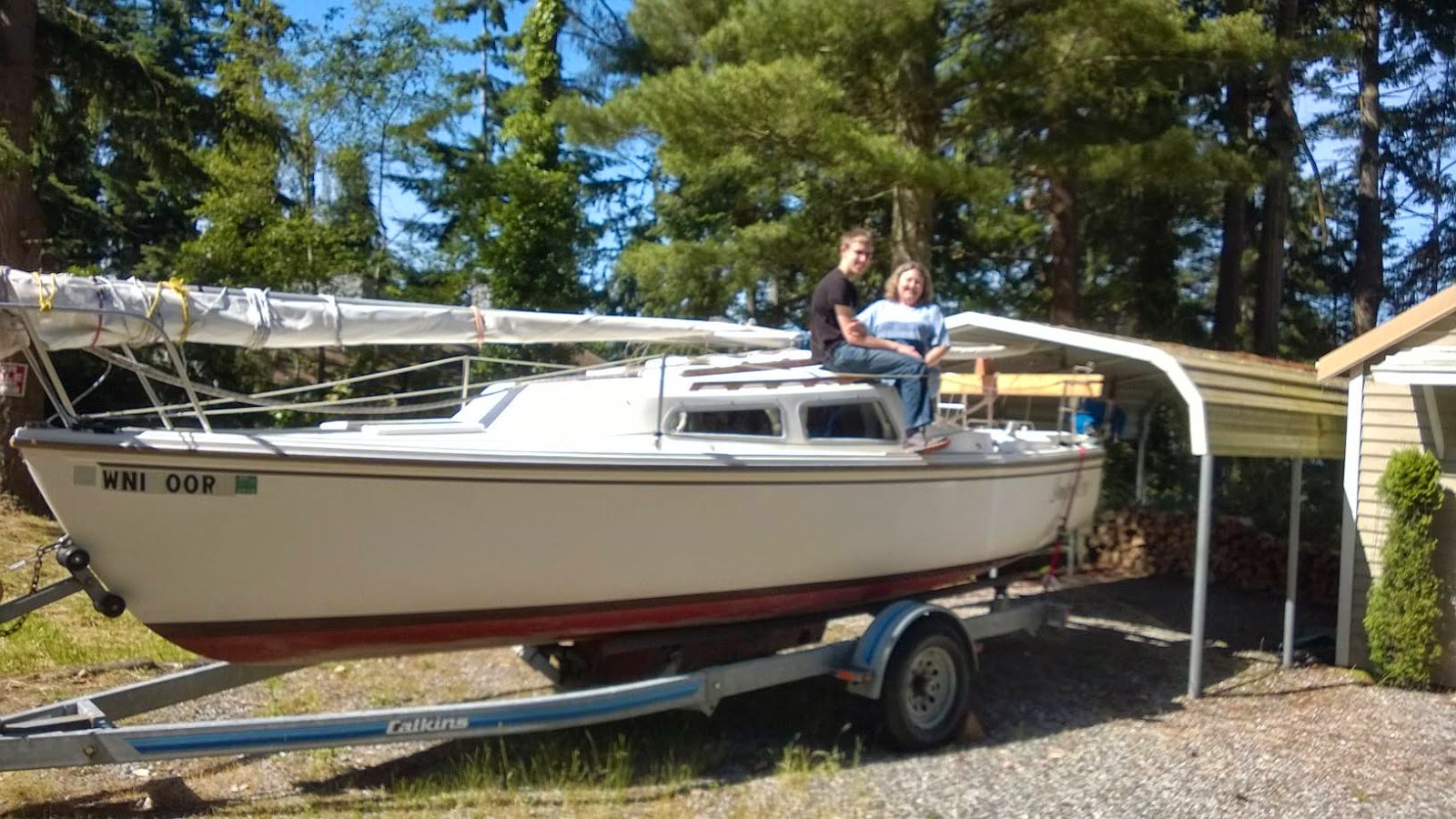After raising the mast, you need to adjust the tension on the shrouds. The Catalina 22 Manual has some rough guidelines for setting the tension, but the best way is to use a Loos Tension Gauge. This tension gauge requires no batteries and gives you a precise reading of the tension on the shrouds.
It is very important to get the tension right. If you do not, you could potentially break the mast in a heavy wind. See this video on what happens when you lose a shroud.
The instructions that came inside the box with the gauge are not very well written. It is difficult to make sense of them and read the gauge correctly. There are some better instructions on the outside of the box. Here are some new instructions written in plain English.

|
| Check the shroud cable diameter |

|
| Hook the tension gauge around the shroud |

|
|
Pull back the lanyard until the metal end is lined up with the black line, then read the scale next to the shroud. It reads 22, which is 180 pounds and the turnbuckle needs to be tightened. |
- Determine the thickness of the shrouds. There are little indentations on the side of the gauge that help you do this, and that is all they are used for. Look on the underside for the captions. On our Catalina 22, the shrouds are 1/8" thick.
- Hook the bottom of the gauge around the shroud.
- Pull back on the string until the arrow at the top of the gauge is at the black line. Don't overextend it or you can damage the gauge.
- Read the scale where the center of the shroud crosses it.
- Compare the scale number to the chart on the side of the gauge (reproduced below). That is the tension on the shroud in pounds.
| Shroud Width | |||
|---|---|---|---|
| Scale | 3/32" | 1/8" | 5/32" |
| 5 | 80 | ||
| 10 | 110 | ||
| 15 | 150 | 120 | |
| 20 | 200 | 160 | |
| 22 | 230 | 180 | |
| 24 | 250 | 200 | |
| 26 | 280 | 220 | |
| 28 | 310 | 240 | |
| 30 | 350 | 260 | |
| 32 | 400 | 300 | 200 |
| 34 | 470 | 340 | 240 |
| 36 | 580 | 390 | 280 |
| 38 | 750 | 450 | 320 |
| 40 | 550 | 360 | |
| 42 | 700 | 420 | |
| 44 | 950 | 520 | |
| 45 | 600 | ||
| 46 | 700 | ||
| 47 | 800 | ||
| 48 | 950 | ||
The tension you should use varies, but start by setting all the shrouds to an equal tension. For 1/8" shrouds on a Catalina 22, use about 250 pounds (the scale should read about 29). As you get more experienced, you can play with the tension to find what is right for your boat.
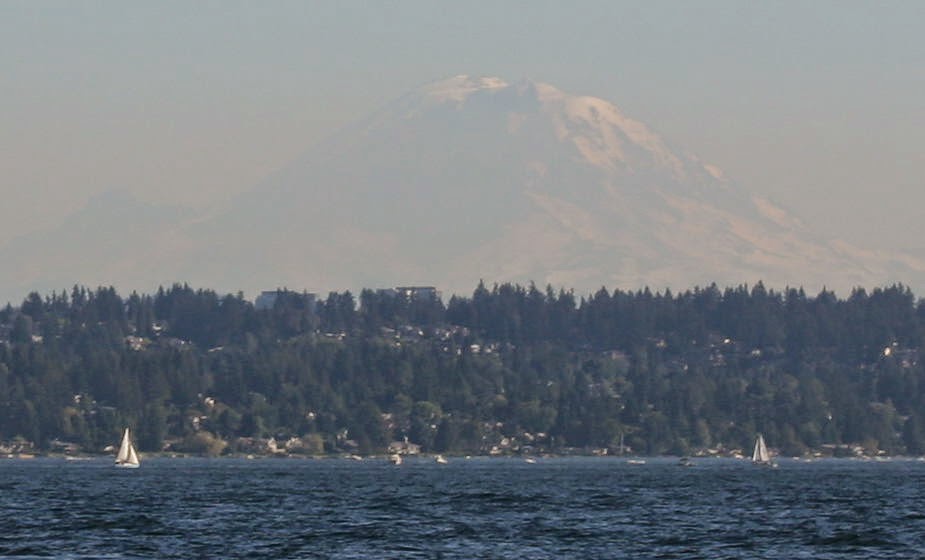


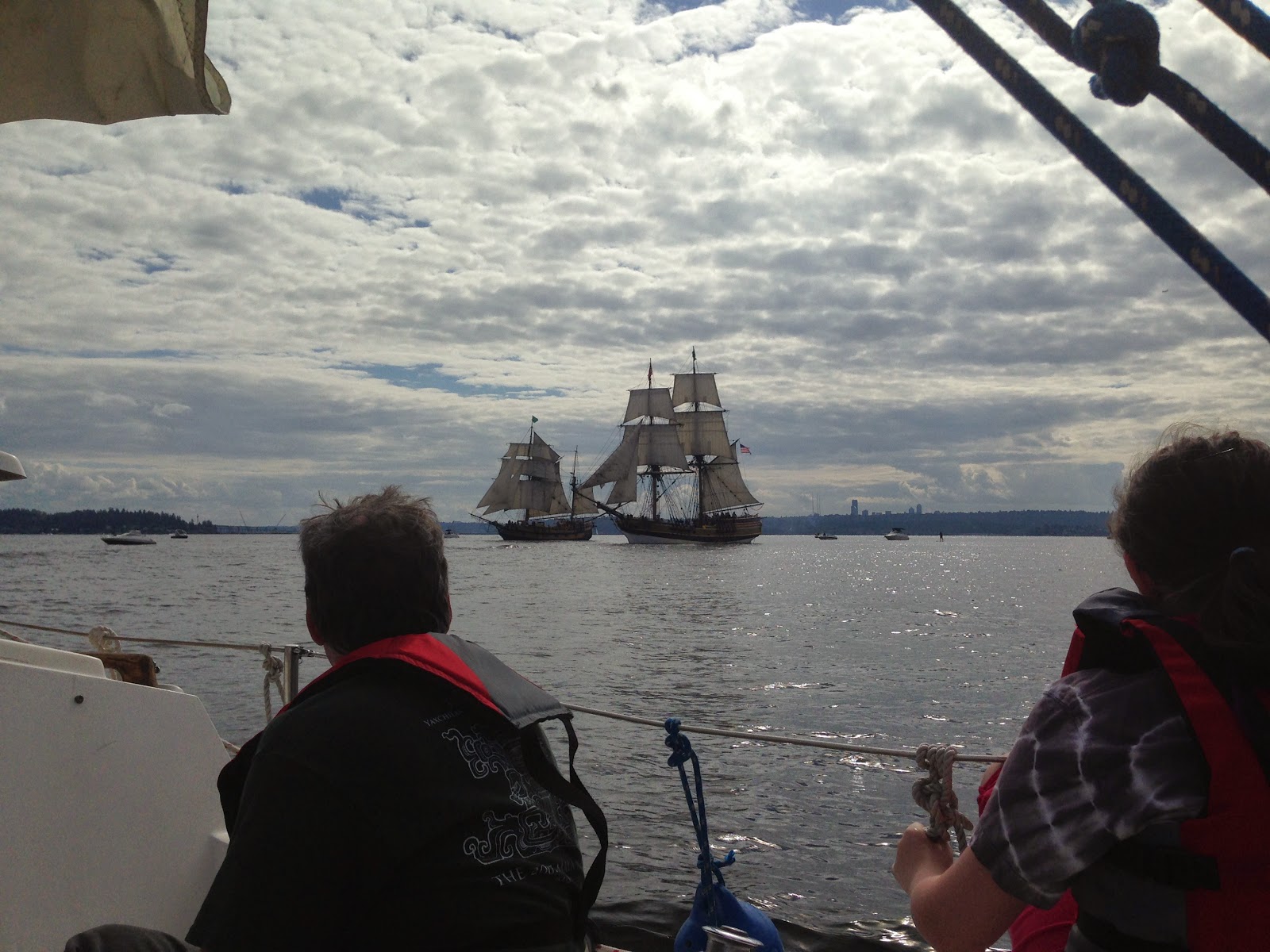




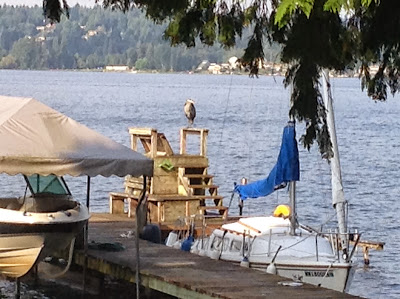


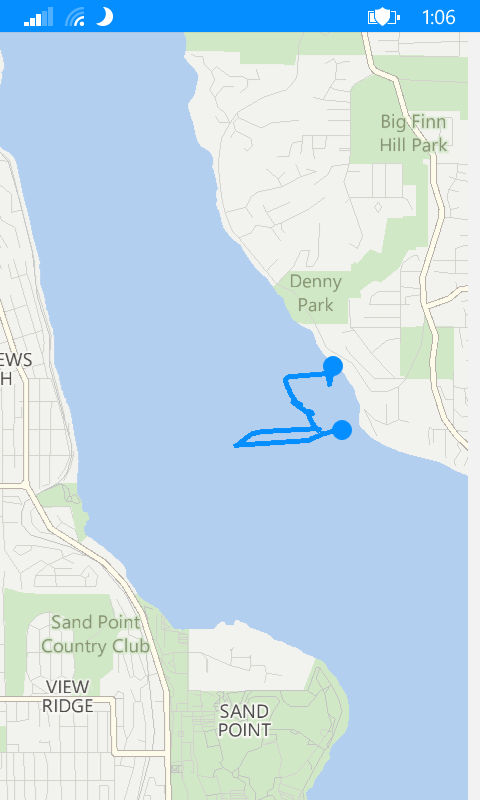
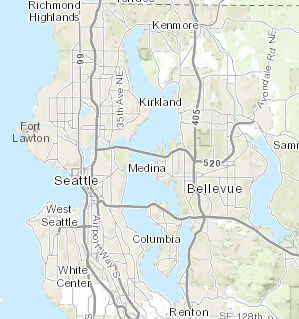






.jpg)











